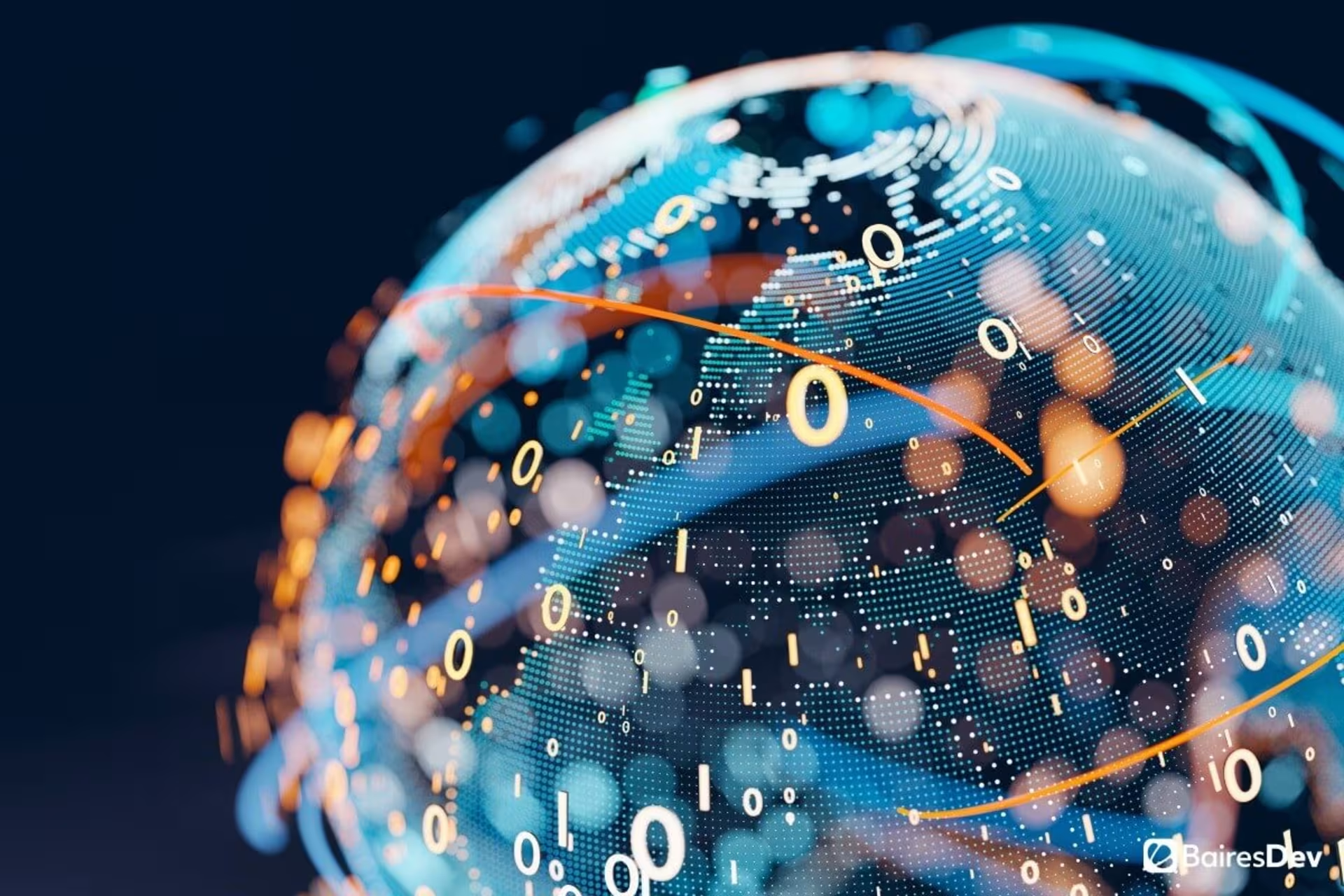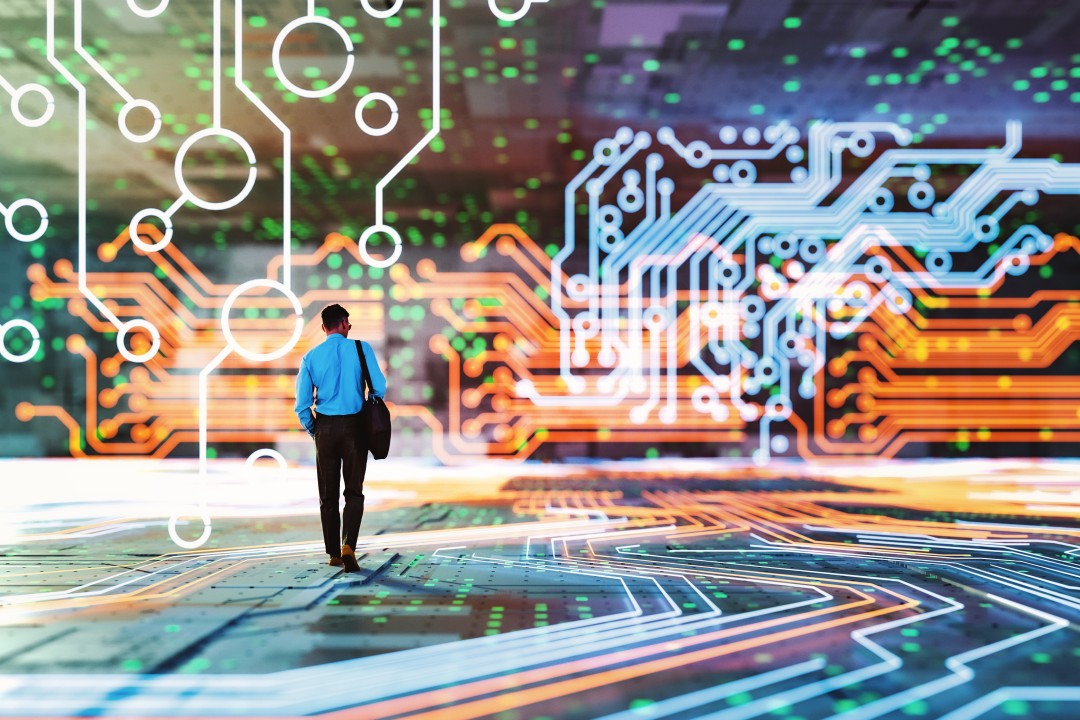Innovations in Test Technology: A Closer Look at Latest Developments

Advancements in test technology are continuously evolving, driven by the demand for higher accuracy, efficiency, and adaptability across various industries. Here’s an overview of some of the cutting-edge innovations and developments in test technology:
1. Artificial Intelligence (AI) and Machine Learning
- Application: AI and machine learning are transforming test technology by enabling predictive analytics, anomaly detection, and adaptive testing capabilities.
- Benefits: Enhanced accuracy in test results interpretation, optimization of testing processes based on real-time data analysis, and predictive maintenance of testing equipment.
2. Internet of Things (IoT) Integration
- Integration: IoT sensors and devices are being incorporated into test equipment to gather real-time data and enable remote monitoring and control.
- Advantages: Improved connectivity, automation of testing procedures, and the ability to collect and analyze large volumes of data for performance optimization.
3. Virtual Testing Environments
- Simulation: Virtual testing environments use computer modeling and simulation to replicate real-world conditions, reducing the need for physical prototypes.
- Benefits: Cost savings, accelerated product development cycles, and the ability to test scenarios that may be challenging or dangerous in real-world settings.
4. Advancements in Sensors and Measurement Technology
- High-Precision Sensors: Development of sensors with increased accuracy and sensitivity for measuring various parameters such as temperature, pressure, and vibration.
- Miniaturization: Miniature sensors enable integration into smaller devices and systems without compromising performance.
- Smart Sensors: Integration of smart sensors with embedded intelligence for real-time data processing and feedback.
5. Augmented Reality (AR) and Virtual Reality (VR)
- AR/VR Applications: AR and VR technologies are used in test technology for immersive training simulations, virtual inspections, and visualizing complex data sets.
- Enhanced Visualization: Improved visualization of test results and equipment operation, aiding in troubleshooting and training processes.
6. Blockchain for Data Integrity
- Data Security: Blockchain technology is used to ensure data integrity and traceability in test processes, providing a secure and transparent record of test results.
- Compliance Assurance: Enhanced compliance with regulatory standards and audit requirements through immutable data records.
7. Robotic Automation
- Automation: Integration of robotics for automated testing procedures, reducing human error and increasing testing throughput.
- Versatility: Robotic systems can perform repetitive tasks with precision and consistency across different testing environments.
8. Environmental and Sustainability Considerations
- Green Testing Solutions: Development of eco-friendly testing technologies and practices to minimize environmental impact.
- Energy Efficiency: Implementation of energy-efficient testing equipment and practices to reduce operational costs and carbon footprint.
Future Directions and Implications
The future of test technology continues to evolve with advancements in AI, IoT, virtualization, and sensor technologies. Key trends include:
- Integration of AI: Continued integration of AI and machine learning for autonomous testing and decision-making.
- IoT Expansion: Expansion of IoT capabilities for interconnected test systems and predictive maintenance.
- Digital Twins: Adoption of digital twin technologies for real-time simulation and optimization of test processes.
Conclusion
The landscape of test technology is rapidly evolving with innovative solutions that enhance accuracy, efficiency, and adaptability across industries. From AI-driven analytics to IoT-enabled sensors and virtual testing environments, these advancements are reshaping how tests are conducted, analyzed, and optimized. Embracing these cutting-edge innovations allows organizations to stay competitive, improve product quality, and accelerate time-to-market while meeting evolving regulatory and environmental standards.
This overview provides a glimpse into the exciting developments shaping the future of test technology, highlighting the transformative impact on industries ranging from automotive and aerospace to healthcare and consumer electronics.


